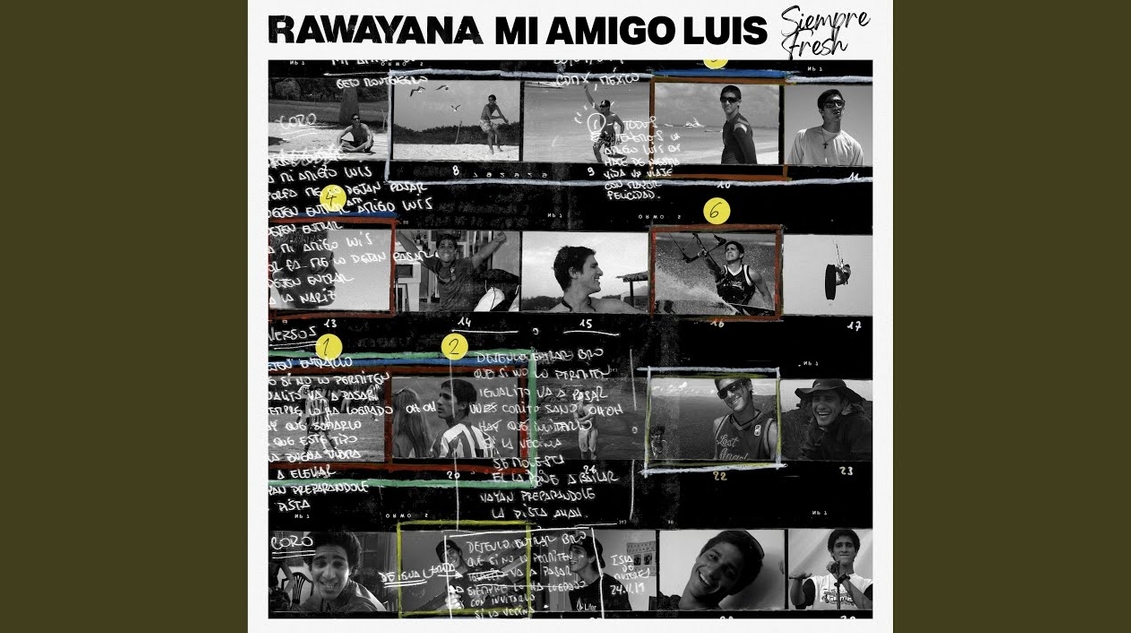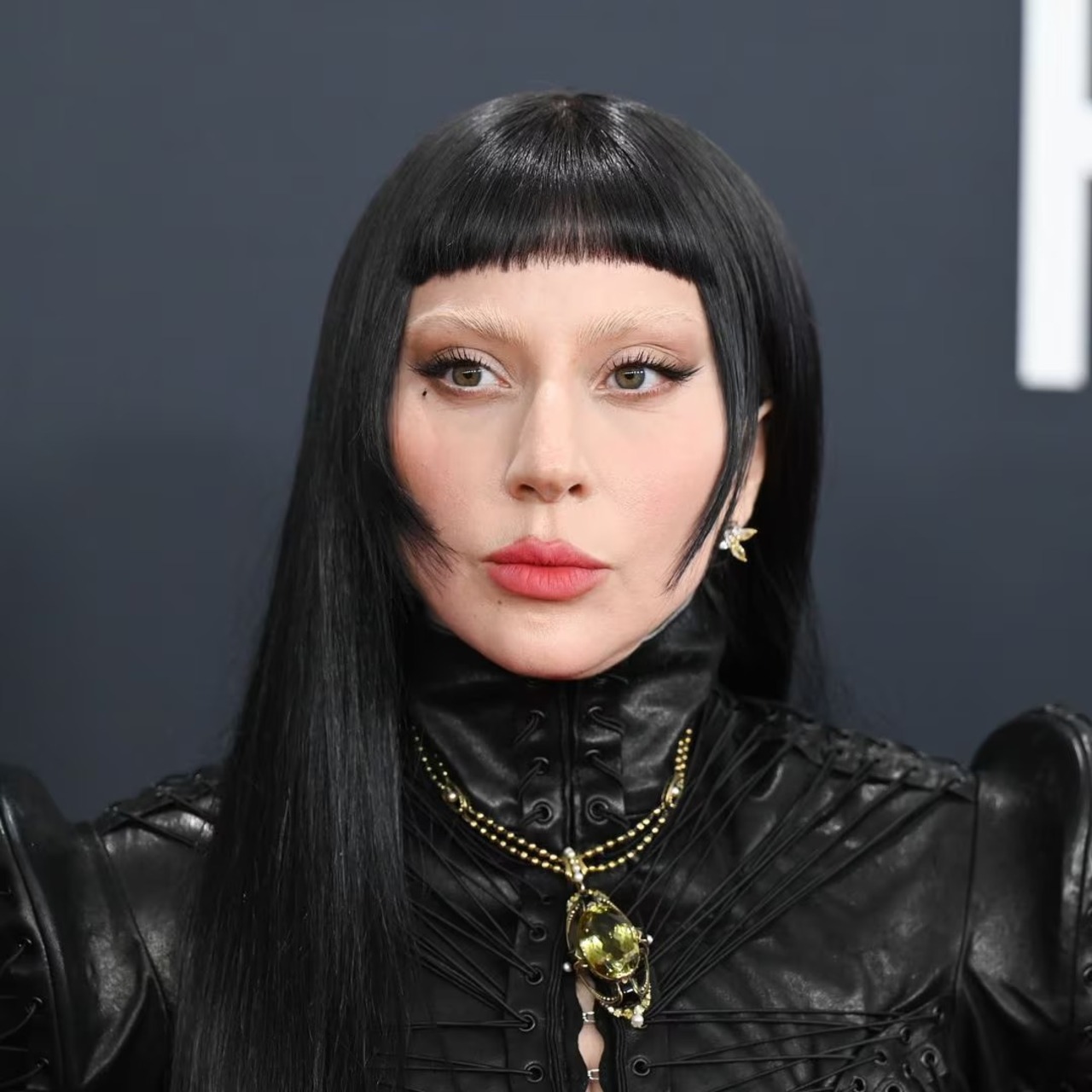
Rawayana rediscovers their indie rhythms after a three-year absence
The well-known collective of Venezuelan musicians returns to the scene with the preview video of what will be their future album, already anticipating certain…
On Dec. 14 fans of the well-known Venezuelan band Rawayana were surprised by the release of "Mi amigo Luis," a new song ahead of the band's expected 2021 album that says a lot about its potential overall tone.
The past three years of silence for the band has been a long time for many. Some began to speculate whether the fame brought by their hit "High," from their last album in 2016, had slowed their new project's production.
With the release of the new song, it seems the band was just hibernating.
The new track has a theme similar to their usual mixes between reggae, ska, and indie, but sounds closer to neo-soul or jazz this time around.
It's a sad, melancholic song and tells listeners about an absent friend that died in a motorcycle accident several years ago and about the horrible habit of Latinx masculinity that doesn't consider communicating one's feelings in the moment. As a result, "Mi amigo Luis" becomes a retrospective mourning, but also a beautiful tribute that also recovers his motto for the song: "siempre fresh."
“This track pays homage to friendship. When we started, we made music for our friends and later a ton of people started to connect with the essence of that brotherhood which for us is a return to our roots. [...] This song has a purpose...to always remember that it’s not excessive to spread love to those around us and recognize that the best moment to do so is now while they’re still in this dimension,” said the band.
The video also conjures new aesthetics regarding the tropical and reggae airs of their previous albums: Rawayanaland (2013) or Trippy Caribbean (2016), which led people to categorize the group in a psychedelic or stoner tone.
RELATED CONTENT
This time around, the aesthetic and artistic direction features dancers led by Brandon Miel Masele and is set inside a Parisian church and directed by Pierre-Loys Joubert. In his approach, Joubert gives great corporeality to the lyrics and seems to try to convey a most melancholic indie, close to jazz.
Rawayana started in 2007 and became a four-person band in 2009. They burst onto the alternative scene of Caracas with the single "Fuego Azul."
In 2011 they published their first album, Licencia para ser Libre, which defined itself as trippy-pop and was one of the freshest musical takes on the scene at the time. With their aforementioned albums in 2013 and 2016, they explored the nooks and crannies of their own music tag, signing with a label in Miami and nailed down several important collaborations such as with Apache, Natalia Lafourcade, and Cultura Profética.
In the following years, Rawayana became one of the most promising bands out of Latin American in world indie with a tour that spanned more than 40 countries. After such an immense rise, it was normal for the band to take some time, which ended up being three long years.
Now, fans know that January will bring a new album and the promises of "Mi amigo Luis" only make the wait more difficult.











LEAVE A COMMENT: